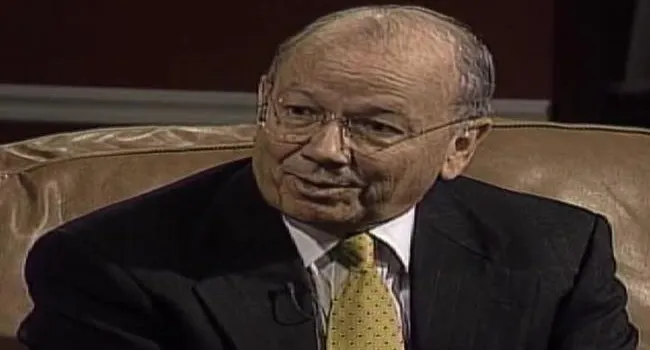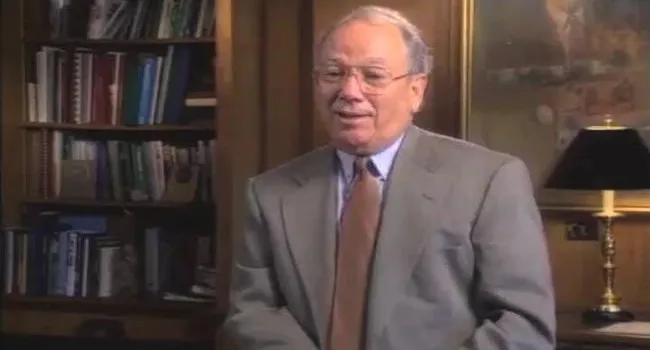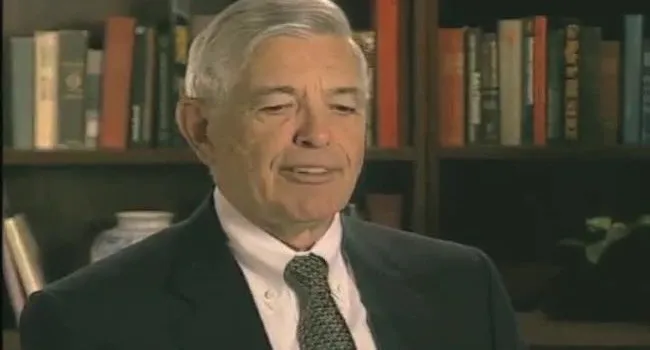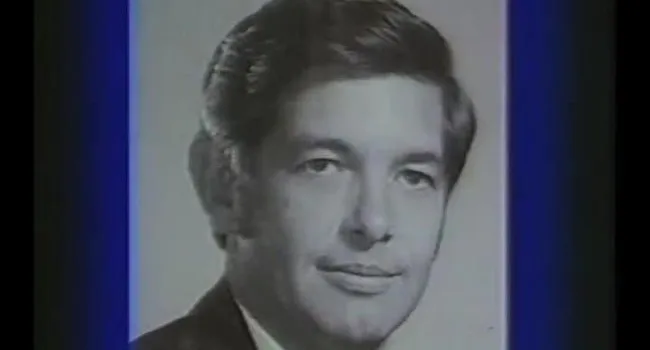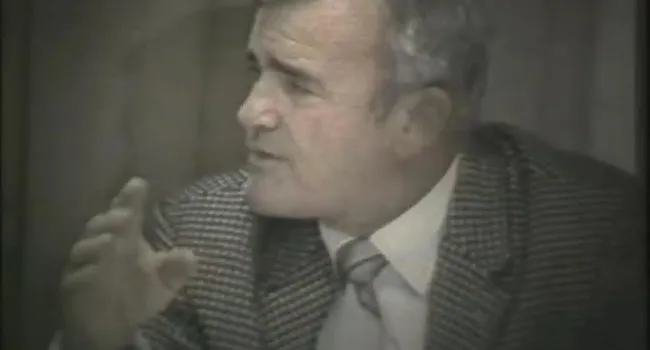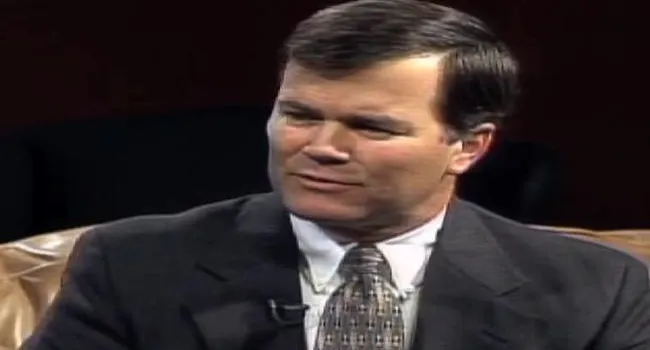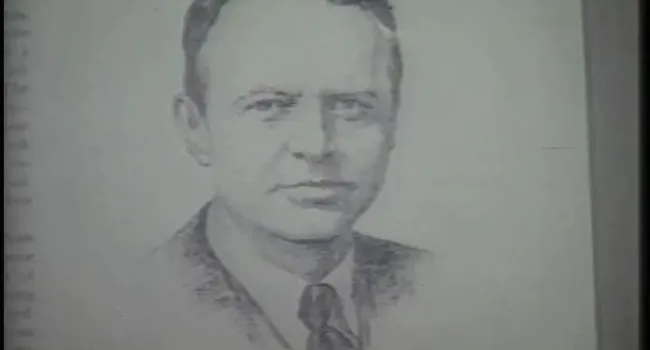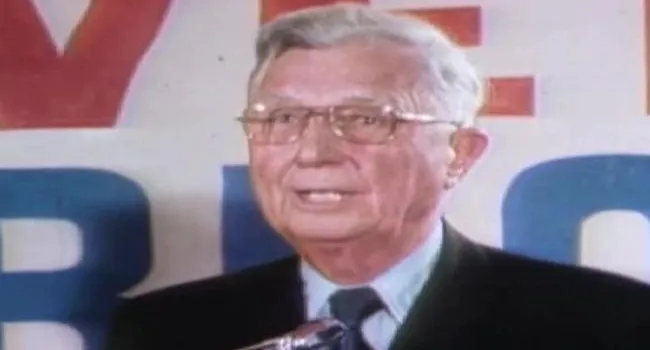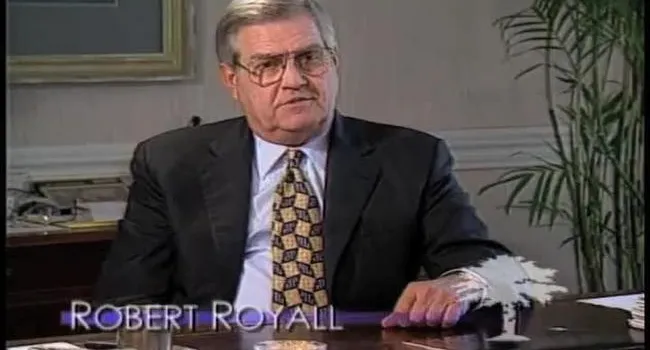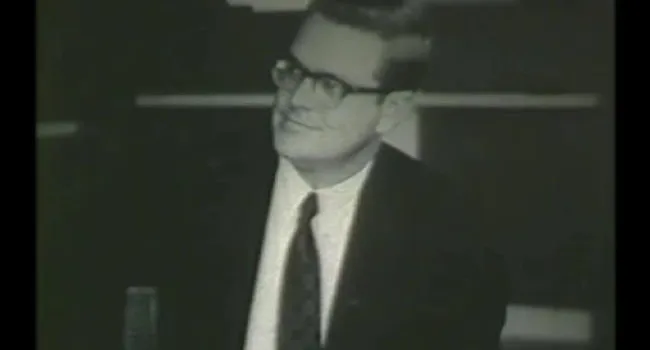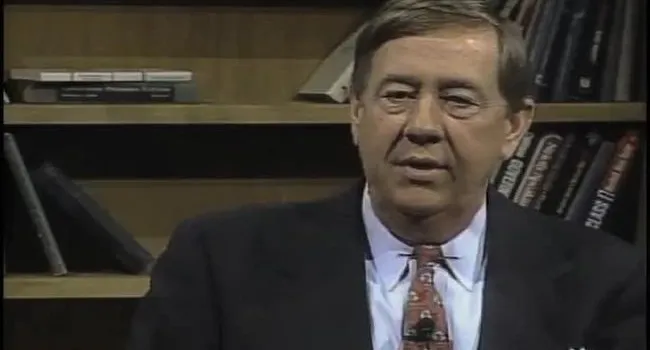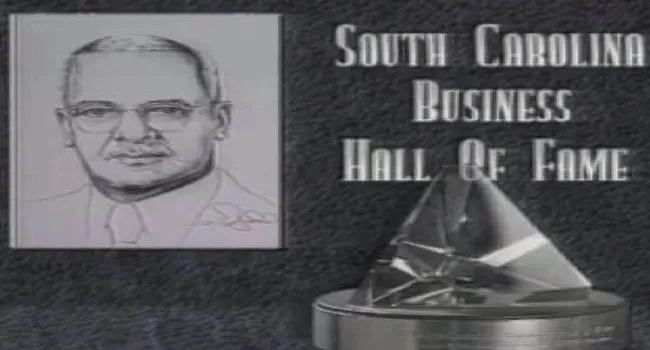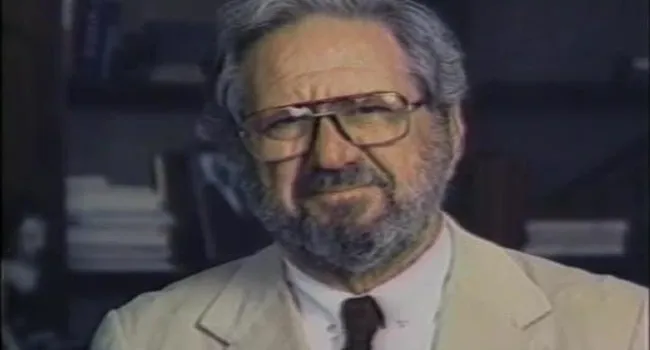Edwin G. Seibels
(1866–1954)
"That I was not born on my father's plantation, Mount Willing in Edgefield County, S.C., in the midst of the fields of ripening cotton, was only due to the fact that there was no doctor in the neighborhood, and my mother came to Columbia, where I was born on the 12th of September, 1866.
"I was brought up, however, on the plantation, and by the time I was 12 years old, I could give a passable 'imitation' of most of the work involved in cotton raising. I could drop cotton, make a pass at chopping and hoeing, could pick moderate quantities, and help gin and bale it—that is, I drove the mules that ran the gin and press . . . .
"Since I have told of my 'ability' as a farmer, I should also mention at least one of my inabilities. I could never plow a straight furrow . . . my efforts resembled my initial 'S.' "
Edwin G. Seibels' recollection was written in 1927, long after he knew his destiny was not raising cotton but insurance and commerce on an international scale. An abiding interest in cotton, however, brought him to prominence and a lucrative role in exporting and insuring cotton shipments to Russia from the early 1900s until World War I, and to other enterprises at home and overseas.
Seibels' singular and most notable achievement, however, is an invention. It brought him fame, but no fortune.
He invented a vertical filing system in 1898 that revolutionized record-keeping. Businesses then kept papers in envelopes that were placed into rows of small pigeonholes often lining a wall from floor to ceiling. Finding and opening envelopes and unfolding papers was troublesome and inefficient. Seibels reasoned that folding was not necessary; papers could be kept in large envelopes standing on end vertically in a drawer.
The Globe–Wernicke Company of Cincinnati made five wooden filing boxes to his specifications, and he applied for a patent; however, Seibels was told the system was an idea; only a device could be patented. "It was pointed out that by simply varying the size, a filing box could be made which would not infringe my patent," he said. "Unfortunately, I overlooked the part played in setting the envelopes upright, and separating them by guide cards. This device, of course, could have been patented."
Thirty-nine years later, the manufacturer presented him a bronze plaque recognizing his "pioneer work" and stating, "Business throughout the world has been helped by this idea and on it is founded an industry that provides employment for many men and women."
At the Smithsonian Institution's request in 1941, Seibels deposited one of his original filing boxes in the museum's collection.
Edwin Grenville Seibels was the son of Edwin Whipple and Marie Jane Smith Seibels. He attended private school in Columbia during the winters, and when he was 15, his godfather, Lieutenant Governor John D. Kennedy, appointed him a state Senate page "at the fabulous salary at that time of $3 per day." In the next session, young Seibels covered the Senate as a reporter for The Daily Register of Columbia. Years later, he returned to the State House as a member of the House of Representatives.
In 1869, his father opened an insurance agency in the charred shambles of a building Sherman's forces had burned four years earlier. The fledgling firm, Seibels & Ezell, was the origin of today's Seibels Bruce Group. In 1882, Seibels' half-brother, Robert, who had been associated with their father in the firm E. W. Seibels & Son, died, and Edwin, 16, took charge of the office. At the same time, he attended South Carolina College, later the University of South Carolina.
He worked while attending college and graduated in 1885 with honors in mechanics and engineering. He also was elected to Phi Beta Kappa and Omicron Delta Kappa, a national leadership fraternity.
Seibels intended to be an engineer and accepted a job with the Panama Railway, but his father urged him to remain in Columbia and made him a partner. The senior Seibels died on Christmas Eve 1892, and Edwin and his brother, John J. Seibels, five years younger, took over, and their business prospered for six decades. At one time, Edwin handled accounts for 50 national insurers.
They also diversified. They organized the Palmetto Construction Company, which built the Palmetto Building, an historic landmark today. From 1914 to 1965, the Palmetto Building was home for the Seibels Bruce Company. The brothers served on boards of banks and savings and loans firms and were active in civic affairs.
Seibels made "a grave decision" in 1919. For personal and business reasons, he lived in New York for about 10 years. He left the firm to become general manager of a new, 15-member syndicate, the Cotton Fire & Marine Underwriters. He was head of it until retiring in 1944 at age 78, when he returned to Seibels Bruce.
Seibels cherished the University of South Carolina. The 1905 yearbook, The Garnet and Black, is dedicated to him as president of the Alumni Association. The Melton Observatory is a 1927 gift from Seibels honoring USC President Melton, a close friend. In 1931, almost 50 years after he graduated, the Legislature elected him a trustee of the University of South Carolina, where he remained until 1950, having been the board's chairman in 1938.
Although Seibels was pressured to locate the Cotton Fire & Marine Underwriters in a larger city, Columbia remained its headquarters. He insisted that one did not have to leave home to succeed, although, as previously stated, he had made his home in New York for 10 years.
Edwin G. Seibels was married to Rosamond Kershaw. They had no children. He died December 21, 1954, after a brief illness. He was 88. Seibels was inducted into the South Carolina Business Hall of Fame in 1990.
© 1999 South Carolina Business Hall of Fame






